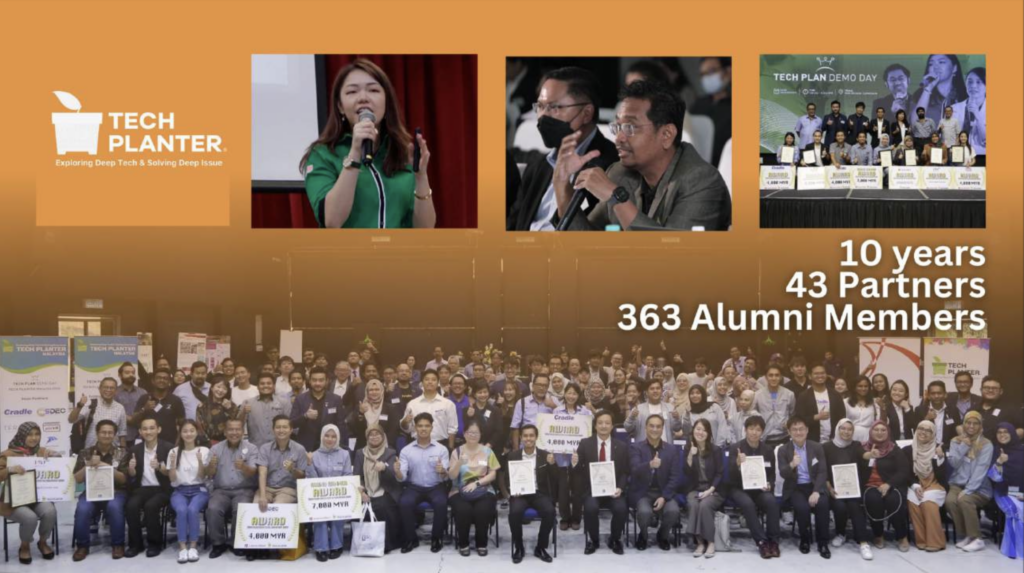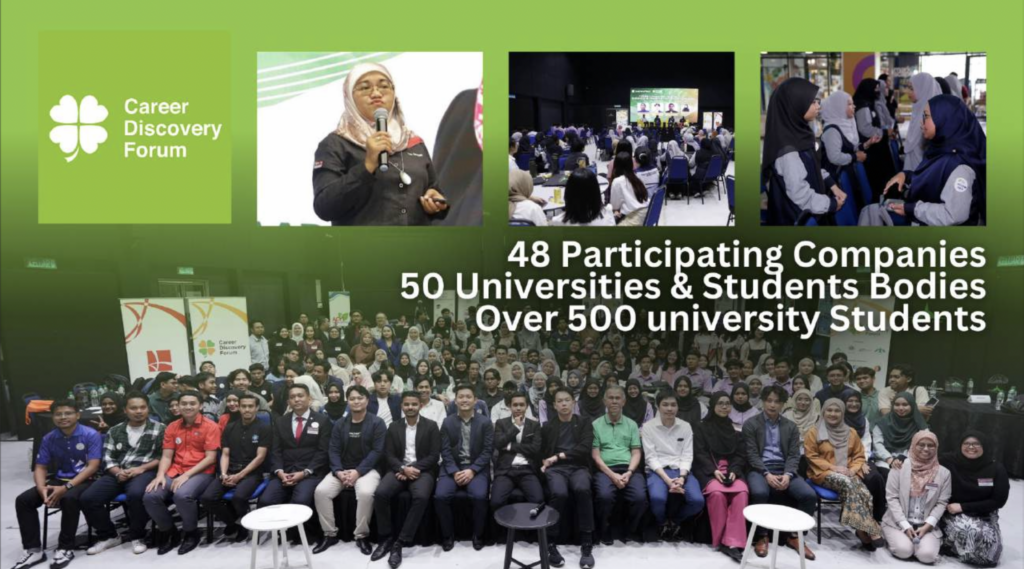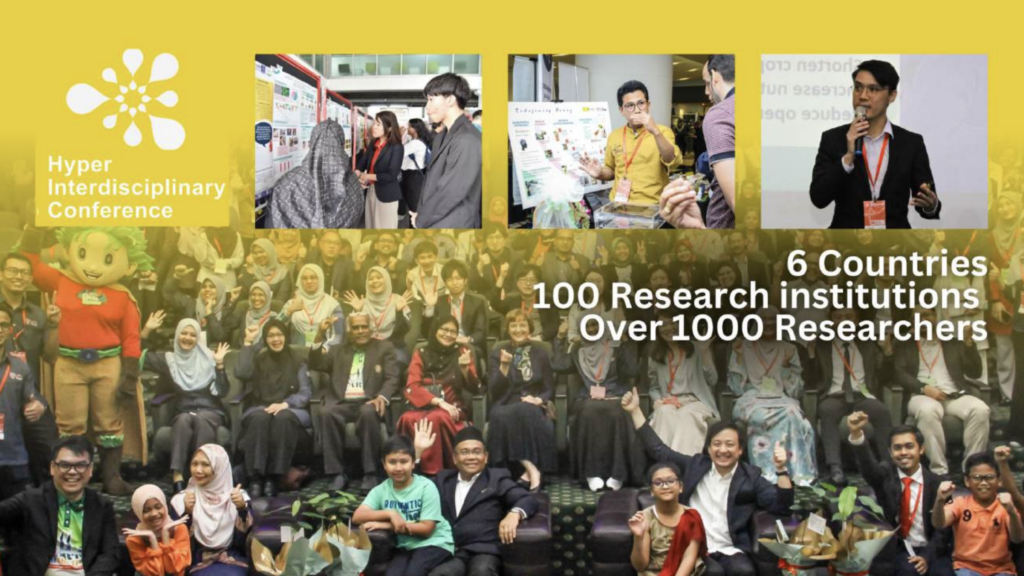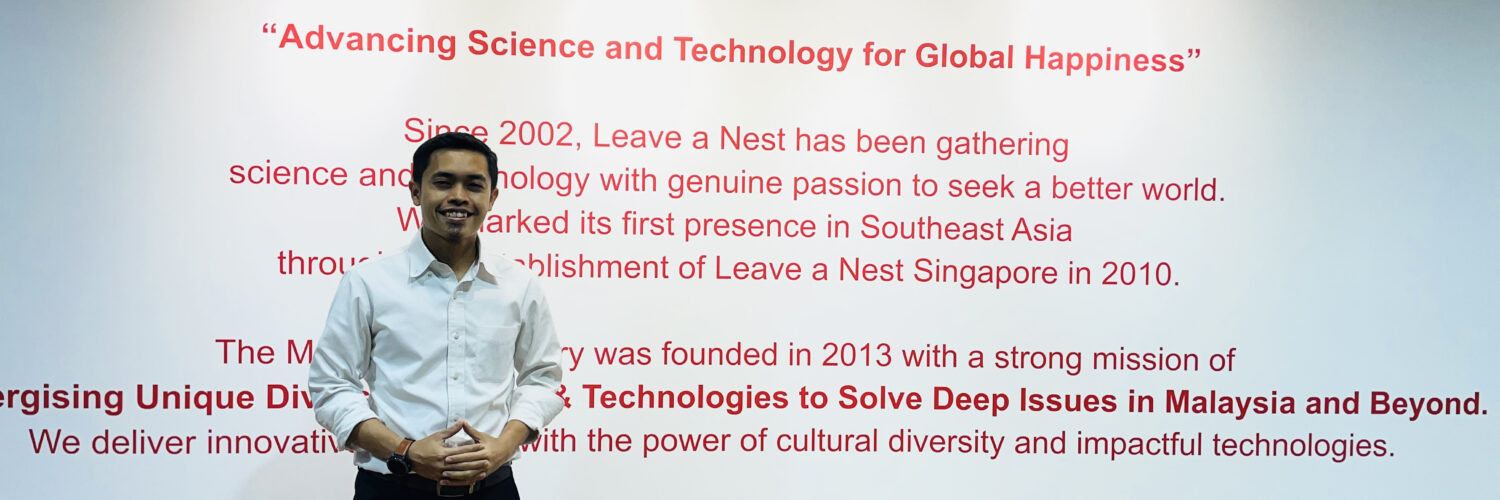From Classroom to Global Ecosystem
Leave a Nest was established in response to three key challenges in Japan: declining interest in science education among young people, a disconnect between advanced degrees and job opportunities, and untapped university research potential.
Dr Maru and his peers sought to transform these gaps into opportunities by designing hands-on science workshops, fostering industry-academia partnerships, and commercialising research. Their efforts built an ecosystem where knowledge fuels societal progress. Classroom to Global Ecosystem
Two decades later, this model has expanded globally, comprising 29 companies across the United States, the United Kingdom, the Philippines, Singapore, and Malaysia. Among them are super factories, investment ventures, and incubators. Under the leadership of Managing Director Hakim Sahidi, Malaysia has become a pivotal hub. “We are not just a company—we are science bridge communicators,” said Hakim, who joined Leave a Nest Malaysia in 2016. With a team of 20 (mostly PhDs and postgraduates), the Malaysian office now oversees operations across Southeast Asia, united by a shared vision: advancing science and technology for global happiness.
Four Pillars of Impact
Hakim explained that Leave a Nest’s mission revolves around nurturing the birth of technology and its transition into practical use. The organisation’s impact rests on four pillars to connect Malaysia, Southeast Asia, and the broader global community:
- Education Development (ED): Leave a Nest ignites curiosity among school students through its unique NEST Education approach—Nature, Engineering, Science, and Technology, complementing STEM education. NEST Education harnesses the power of Engineering, Science, and Technology (EST) to contribute back to Nature, fostering purpose-driven learning. This approach is implemented through curated Science and Technology workshops, grants for young researchers, and international student research collaborations. The annual Science Castle Asia gathering, which attracts nearly 2,000 participants from nine countries, serves as a platform for students to address global challenges.
- Human Development (HD): To provide opportunities to explore and learn about the ecosystem in different countries, Leave a Nest organises a DeepTech Tour to Japan and other Southeast Asian countries. Platforms like the Career Discovery Forum connect graduates with industries, while entrepreneurship training helps university students and researchers transition into startup founders.
- Research Development (RD): By bringing together industry leaders, corporations, startups, researchers, and government agencies, Leave a Nest integrates diverse expertise to generate novel solutions. Conferences such as the Hyper Interdisciplinary Conference (HIC) attract over 1,000 researchers from more than 100 institutions, providing practical solutions and collaboration opportunities.
- Frontier Development (FD): Supporting deep-tech startups through programmes such as Tech Planter, Leave a Nest, and its partners help develop pioneering ideas into viable businesses. Over the past decade, Tech Planter has built a network of 400 alumni, including Malaysian successes such as drone giant Aerodyne and agritech innovator Qarbotech.
A Long-Term Vision, Not Quick Exits
Unlike conventional venture capital firms, Leave a Nest prioritises deep tech—startups that leverage advanced technologies to tackle complex global challenges. These ventures require patience, but the long-term impact is profound. For instance, Aerodyne, now a world-leading drone services company, received early-stage funding and mentorship through Leave a Nest’s network. Similarly, Japanese microalgae company Euglena partnered with Malaysian universities to scale its production, taking advantage of the country’s favourable climate.

“Deep tech is not about quick exits,” Hakim emphasised. “It is about solving pressing issues like food security and disaster resilience—and we provide the ecosystem for that.” The group’s 29 global companies, including super factories under its manufacturing arm and venture capital funds, create a robust support network for innovators.
Collaboration as a Catalyst for Co-Creation
A fundamental aspect of Leave a Nest’s philosophy is co-creation. By connecting stakeholders—including governments, universities, SMEs, and corporations—the organisation localises solutions to address global challenges. For example, Malaysian startups collaborate with Japanese manufacturers to refine prototypes, while Nigerian talent trains in Malaysia to tackle socio-economic issues in their home country.

This approach has attracted high-profile partners, including MRANTI, Cyberview, and TERAJU, and collaboration extends across industries and academia, strengthening Malaysia’s role as a strategic hub for cross-border innovation. “At the upcoming Osaka World Expo 2025, Leave a Nest will facilitate Malaysian-Japanese partnerships to showcase cutting-edge innovations,” Hakim informed.
Building a 144-Year Legacy
Inspired by the book Built to Last, Leave a Nest has set its sights on thriving for 144 years. “We are in our first ‘hour’ of growth,” Hakim remarked. The organisation’s roadmap includes expanding SME support and new incubators like the Center of Garage (CoG) and Creative Lab for Innovation in Kobe (CLIK). CoG is Japan’s largest deep-tech incubation centre, where startups, super factories, and major corporations collaborate. CLIK is a research-oriented facility at the Kobe Biomedical Innovation Cluster (KBIC) designed to enrich the deep-tech research environment. Hakim explained, “Malaysia is the “Knowledge and Technology Development Centre” for countries worldwide.”

Hakim and his team’s success is rooted in their core mission: To be the World’s Most Effective Knowledge Manufacturing Group. “Every team member is driven by a problem they are passionate about solving. That is how we keep this ecosystem alive.” As Leave a Nest Malaysia enters its next phase, its message remains clear—the future of innovation is not just about technology. It is about building bridges and making connections – one scientist, startup, and community at a time.








